Moose Jaw – The City of Secrets
Moose Jaw, as small cities go, is pretty unassuming at first glance.
It sits smack dab in the middle of the great expanse of the Canadian prairie. In harvest season, fields of wheat wave in the dusty heat and in winter, snows cover the fields in soft white dunes. But any time of the year, most of what you see is the Prairie sky, stretching above, and almost blindingly blue.
We’ve driven the stretch of the Trans-Canada past Moose Jaw countless times, making a caffeine-fueled beeline from the hand hills of Alberta to the mosquito-filled cottage country North of Winnipeg to visit Charles’ family.

This time, though, we pull off the Trans-Canada at Moose Jaw’s Main Street North, passing by a statue of Mac the Moose (touted as the world’s largest moose) and through the obligatory highway sprawl of Pizza Huts and Burger Kings.
In Moose Jaw, it seems, what’s hidden under the ordinary exterior is what’s really interesting.
Let’s start with the hidden tunnels under the city.
First created as a way to get from one downtown building to the other in the late 1800’s to keep the steam furnaces running in the cold of winter, they were later the homes of early Chinese migrants. Working for next to nothing, barely surviving and hiding from persecution in the streets, their underground society labored within the tunnels. Theirs is a sad tale involving bigotry, discrimination, opium dens and a hidden past that often gets overlooked in the history books.
A few years later, during Prohibition, Moose Jaw became known as “Little Chicago”. An unproven legend has it that Al Capone and his Chicago connections used the tunnels of Moose Jaw to smuggle alcohol across Canada and to the US. The rumrunner’s and gangsters of that era used the hidden labyrinth of tunnels under downtown and a train line that ran from Chicago to Moose Jaw to keep the alcohol flowing in those dry years. They even say that casinos, brothels and speakeasies found their homes in the tunnels in those wild days.
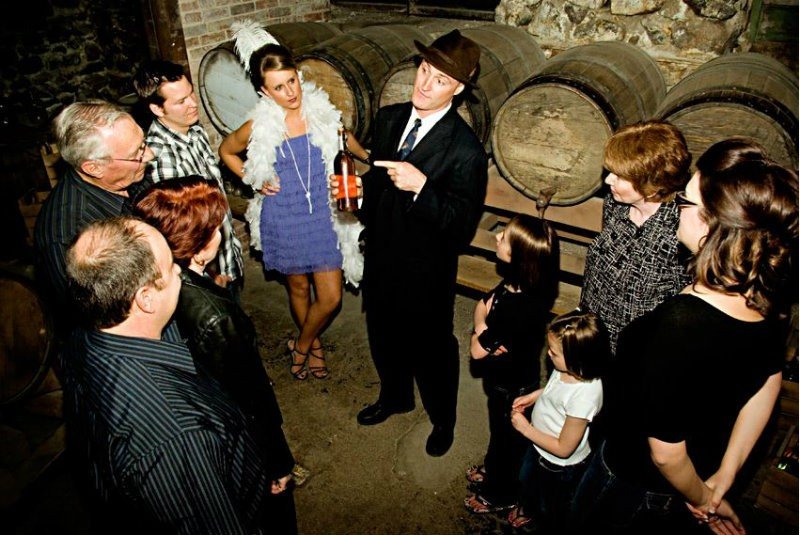
Today, Moose Jaw is a small city of scarcely 30,000, smack dab in some of the flattest land in the Canadian prairies.
Downtown stretches a few short blocks, with dusty red brick buildings looking down over squat storefronts housing surprisingly trendy stores like the boutique Oliv, a specialty olive oil tasting store, and the throwback chicken loving diner at Deja Vu Cafe, featured on The Food Network.
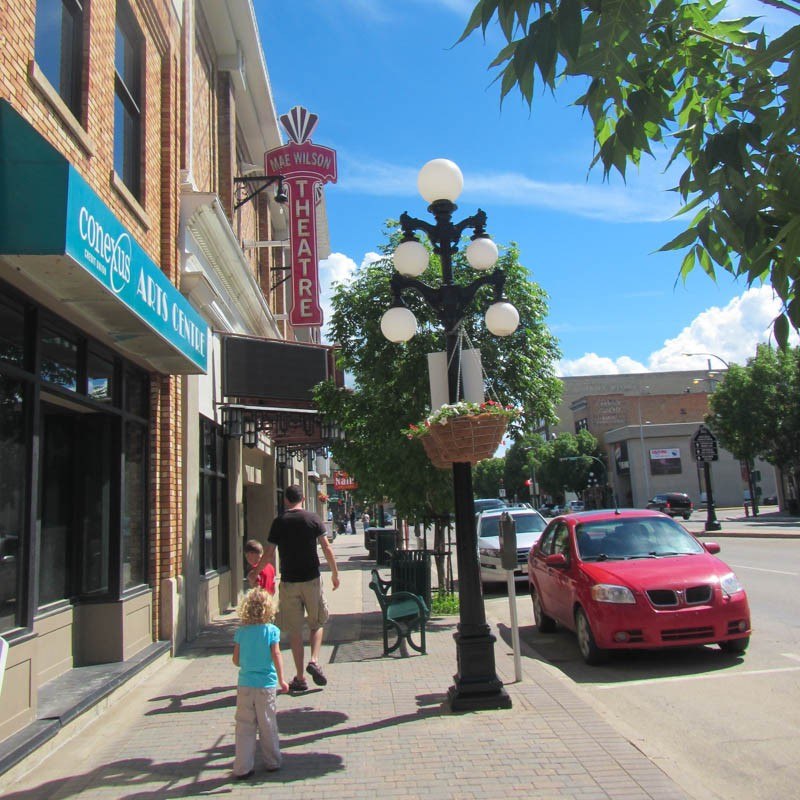
Driving the streets today, it’s hard to imagine the tunnels snaking under the city.
And soon, as the distraction of trying to imagine life here in Capone’s time wears thin, we are at our destination: Temple Mineral Gardens, a four star hotel with roof top mineral pools and spa.
Like Moose Jaw itself, the secrets of Temple Mineral Gardens lie beneath.
In 1989, Moose Jaw spent a whopping $1 million to drill a geothermal well down to the hot mineral rich waters of ancient seabeds 4,500 feet beneath the city. The waters contain Epsom Salts (magnesium sulfate) and Glauber’s Salts (sodium sulfate-decahydrate form), and are said to be similar to the waters of the famous mineral pools in Bath England.
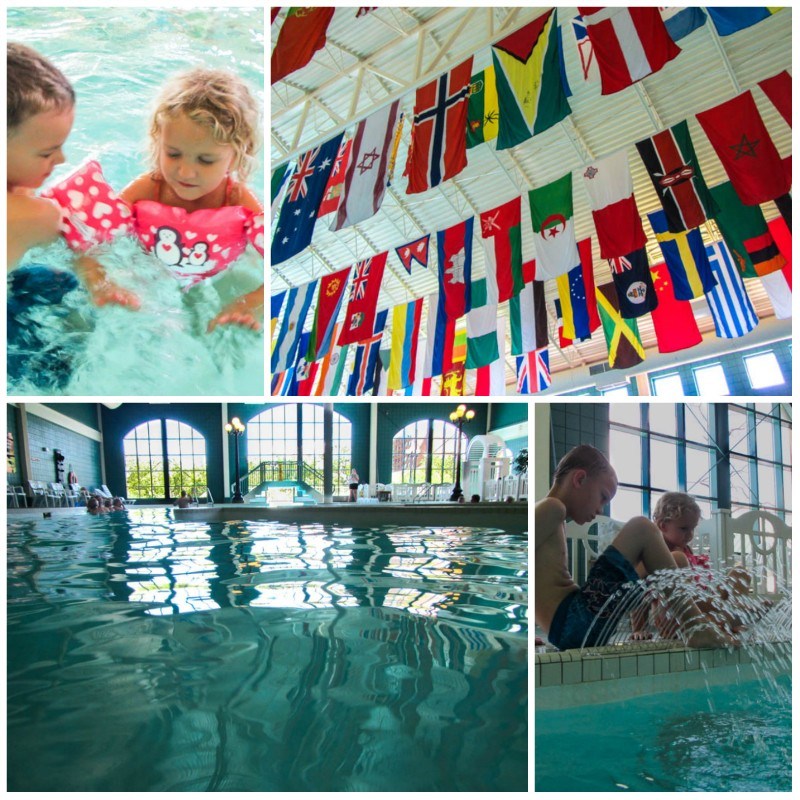
The hotel itself is a large, unassuming building attached to a casino by walkway. But the kids are clamoring to visit the water, so we forgo exploring the hotel itself and make our way to the mineral pools.
The pools themselves are lovely, large, and … very hot. It may be simply the time of year, or good luck, but there’s less than a dozen of us in the water that day. We make our way to the piping warmth of the outdoor pool for a look, but the water is hottest there and on a hot day in July we can’t stay in long with our two young ones. We almost longed for a cool day in Fall to balance out the warmth of the water.

Back in our room, we’re greeted by the sight of two of the most comfortable Queen size beds I’ve enjoyed in a long time. The hotel wins extra points for the clean, soft white duvet and sheets.
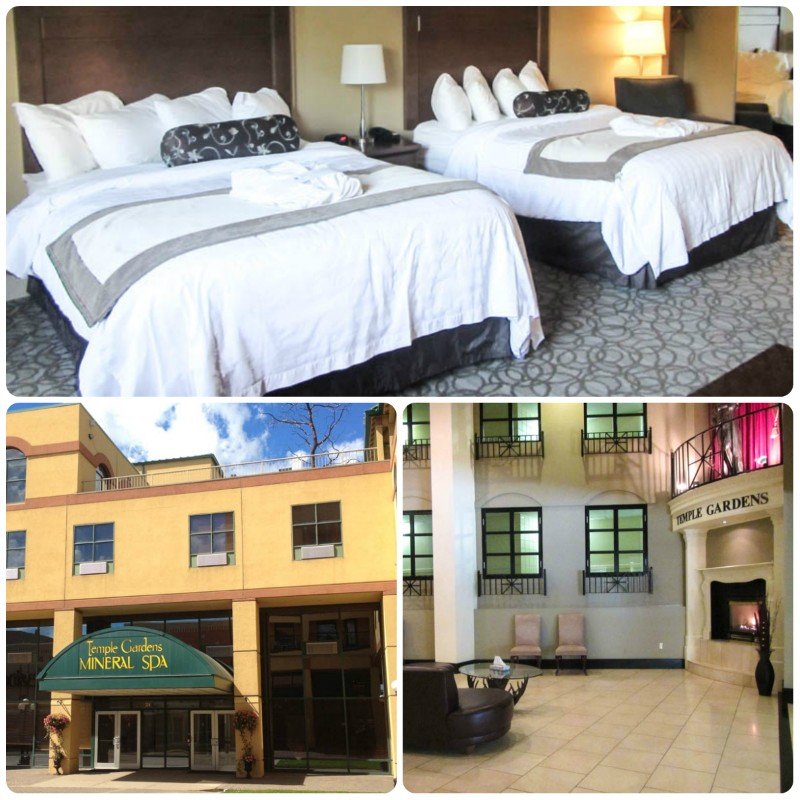
We spend the next day alternating between those wonderful beds, the hot pools and the playground and waterpark in the leafy Crescent Park next door.
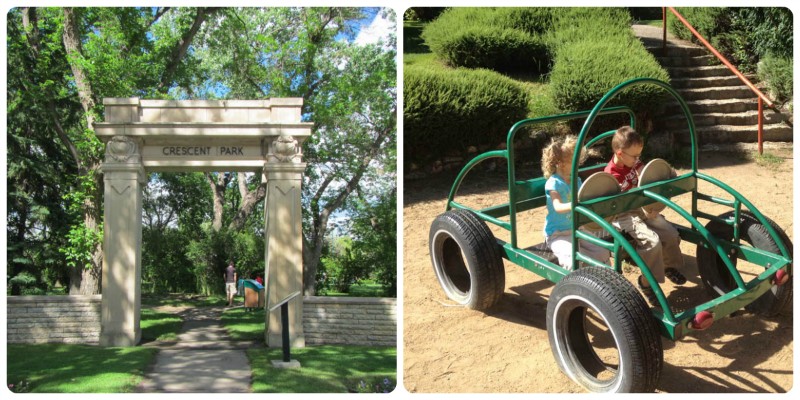
Soon it’s time to go, but there’s one last stop before we’re back on the road heading east.
This time, what’s under the city is cute, seldom seen and is a huge hit with our kids.
Standing only about 9½ inches tall and weighing less than 1/2 a can of Pepsi, the burrowing owls at the Saskatchewan Burrowing Owl Interpretive Centre are an instant hit. These owls nest deep underground in burrows abandoned by badgers, prairie dogs, and ground squirrels.
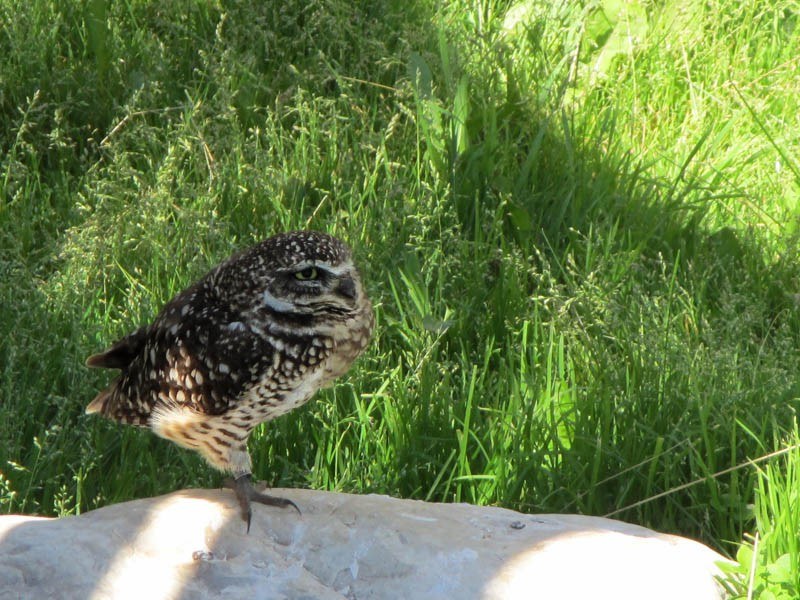
Eventually, the lure of the little owls wears off, and we’re back on the Trans-Canada, wheels spinning as the Canadian prairie stretches ahead without a tree or river in sight for countless miles.
What you need to know
A double room at the Temple Gardens Mineral spa starts at around $159 for two people, including two tickets to the Tunnels of Moose Jaw and a $15 casino voucher. You can reach Temple Mineral Gardens through their website and on Facebook.
Admission to the Saskatchewan Burrowing Owl Interpretive Centre is by donation.
Tunnels of Moose Jaw offers themed guided tours of the tunnels under Moose Jaw.
For more information on the city of Moose Jaw, check out the webpage of Tourism Moose Jaw.

Where the heck is Moose Jaw?
Moose Jaw is about 375 miles (600 km) east of Calgary, and 41 miles (66 km) west of Regina.
The last secret. How did Moose Jaw get its name?
One of Moose Jaw’s greatest mysteries is how it got its name. There are currently three theories on its origins, however no one is 100% certain they’re right.
According to the City of Moose Jaw and the current favorite, “The name Moose Jaw comes from a Cree name for the place, moscâstani-sîpiy, meaning “a warm place by the river”. The first two syllables, moscâ-, sound remarkably like “moose jaw”.
The second possibility is that a bend in the river gave the city its name. Before the land was torn apart to make way for houses and businesses, the river bend looked like the jaw of a Moose. The First Nations word for it is “Moosoochapiskanissippi” and it’s the second most likely origin.
Finally, a common tale popular a hundred years ago is that a man broke his cart in the region during the early years and used the jaw bone from a Moose to temporarily fix his wheel. This third possibility is often discounted however it was a great tale in its day. The Plains Cree Indians who witnessed the event named it “Moosoochapiskun”.
Regardless of its origins, the site was first marked on a map in 1857 as Moose Jaw Bone Creek by surveyor John Palliser and the city has been known by that name ever since.
Temple Gardens Mineral spa hosted us at a discounted rate, but they didn’t ask us to write a positive review and they definitely didn’t ask the entire family to lounge in their comfy beds watching Big Bang Theory and eating mini Oreos.

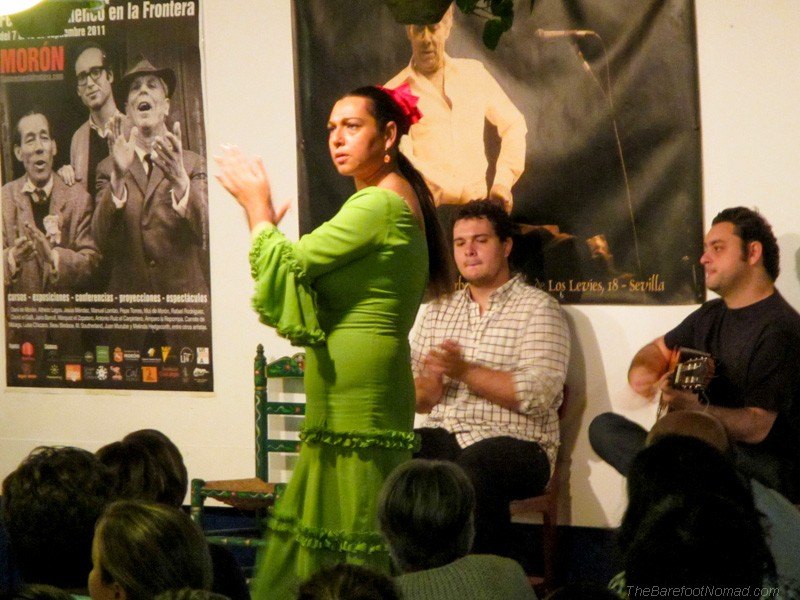
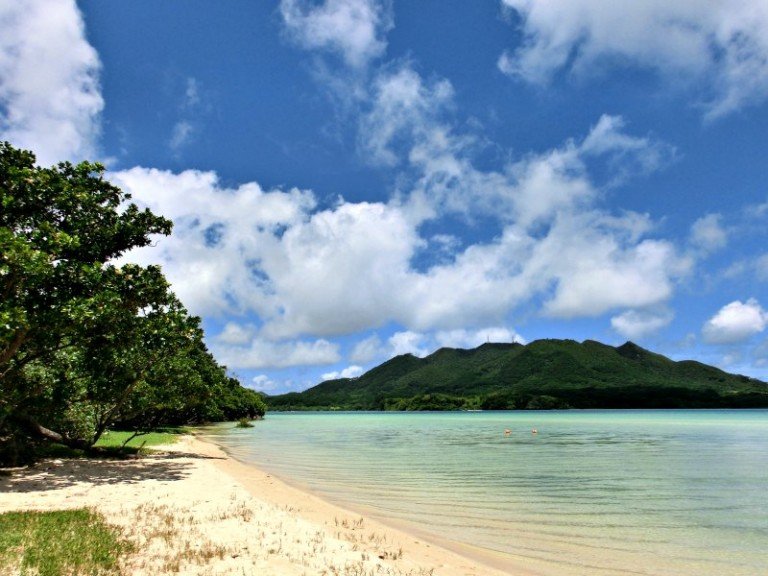
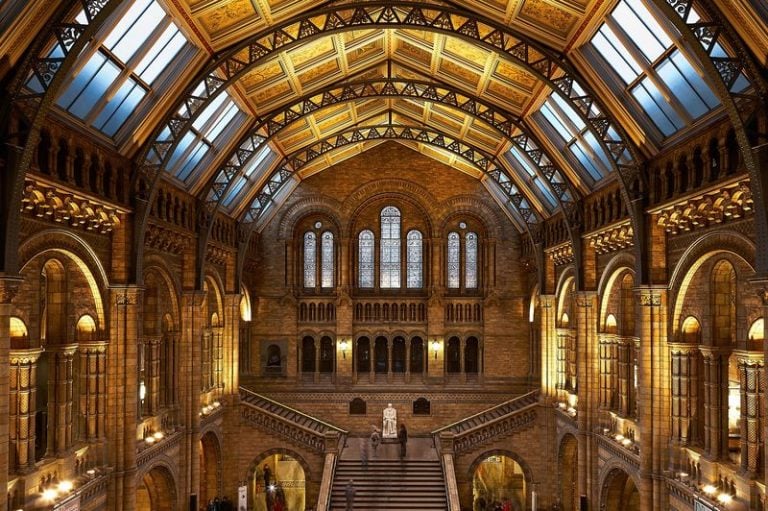


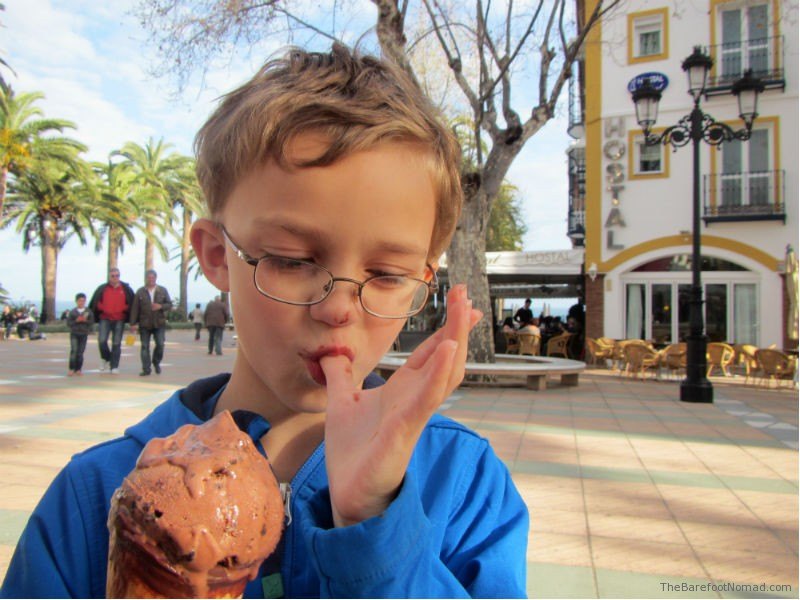
Love this post. Moose Jaw is a really nice little city. My aunt and uncle live there, they run a pottery studio in a small church just off the highway, but I’d never been to Moose Jaw until last year. Haven’t done the mineral spa or the tunnels yet, but I did check out the pioneer museum, which was quite interesting.
ohh I want to see that owl! That’s cool about how the city was possibly named :]
Great article! It’s always interesting to hear other peoples’ impressions of places I visit regularly–my writers’ group get together at the Temple Gardens Mineral Spa every couple of years. This summer I even drove up to Moose Jaw with a friend one morning to do a free yoga class beside the pool and in the pool at the Spa–I highly recommend the experience!
Well! It’s not every day you find a fellow travel blogger who’s writing about your hometown! Especially when you’re from Moose Jaw 😉
Glad you enjoyed my little city, funnily enough I am home visiting right now and enjoyed the spa this afternoon. Thanks for sharing!
Oh Micki, I want to go. I was sold at the underground tunnels, but the mineral garden and hotel look delightful as well.
Wow– tunnels, minerals and such a rich history. I am definitely intrigued!
I think i need to visit just because of the name. We have a little stuffed moose who travels with us and sometimes we collect moose-y things along the way. I’d like to bring my moose to Moose Jaw!
The mineral pools looks fabulous! Sounds like a fun stop for everyone. 😉
what a very cool place! i’d love to visit (in fall, esp, with that hot pool)…
Never thought of Winnipeg as a place for kid fun. And secret tunnels would make any kid big and small love it. It looks gorgeous. Wonder how the winters are.
I would love to visit there. The mineral pools look nice. I also would love to see the burrowing owls. We have a lot of them in South Florida. Cute creatures, but wary of people.
I’m a huge fan of Moose Jaw (lived there back in 2011), but had no idea about the Saskatchewan Burrowing Owl Interpretive Centre! Thanks for the heads up!